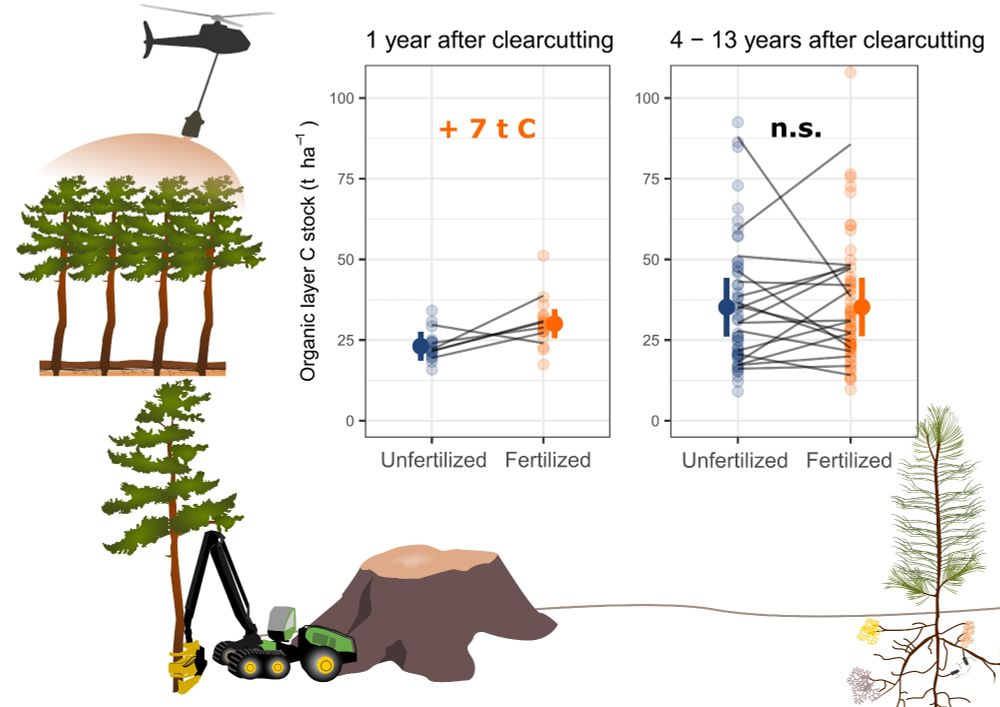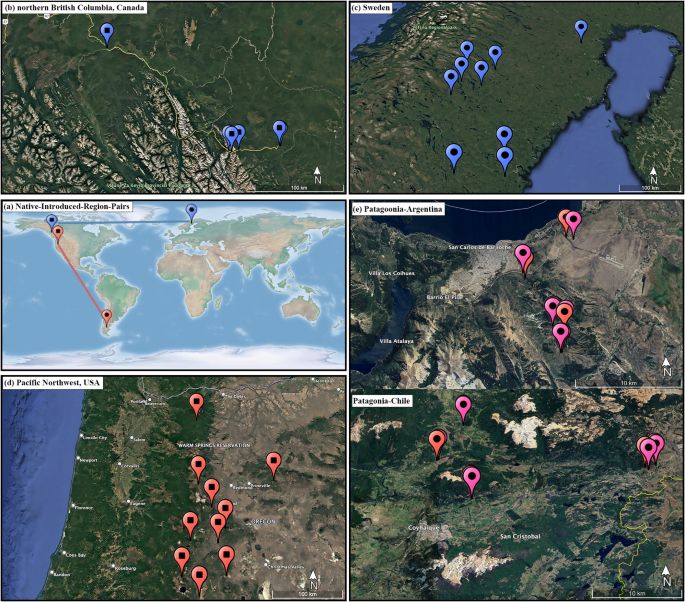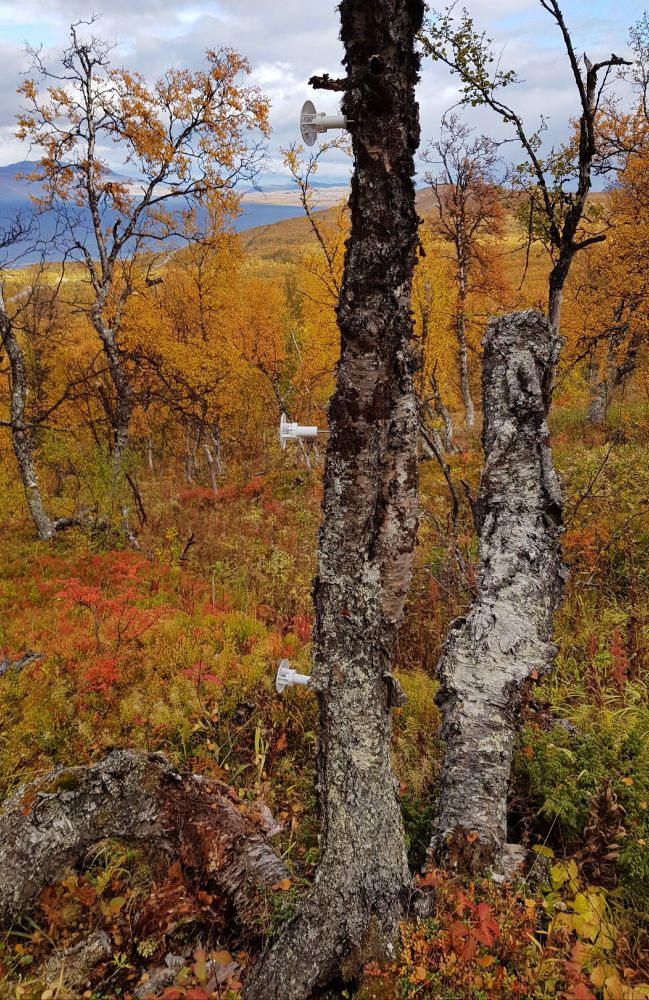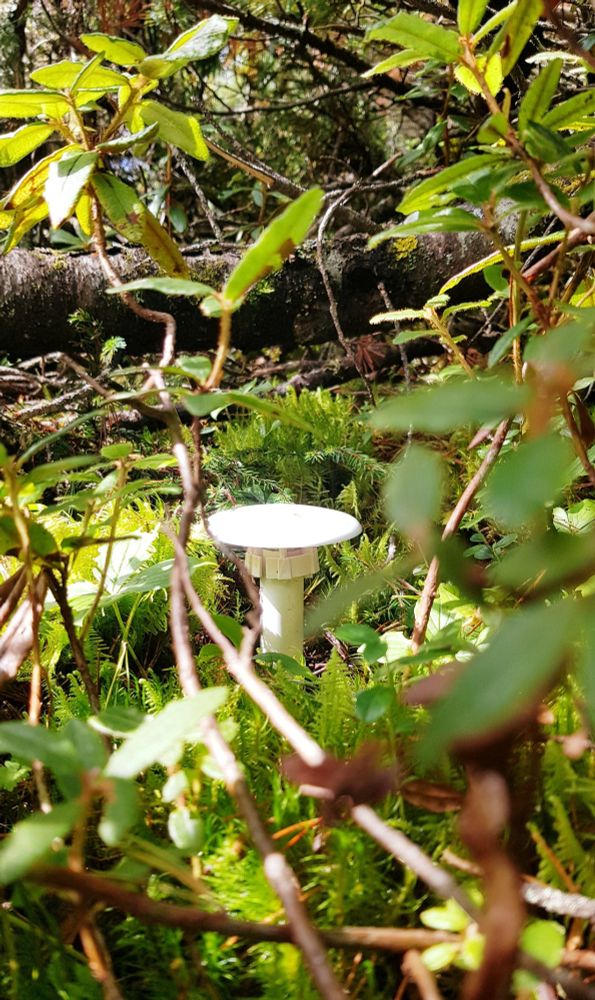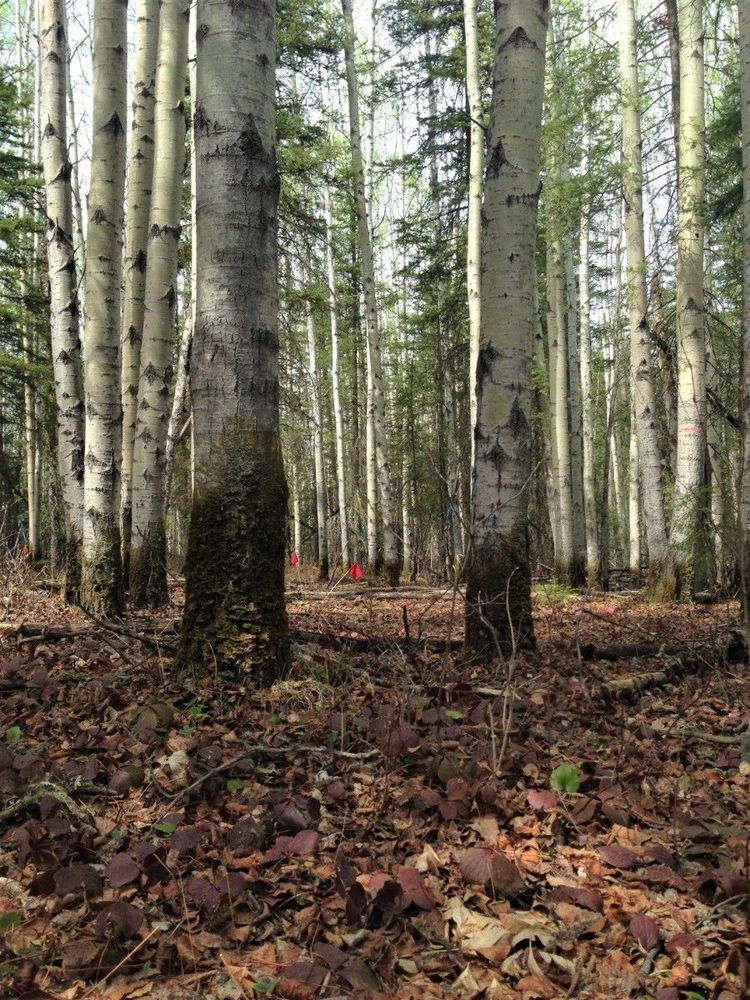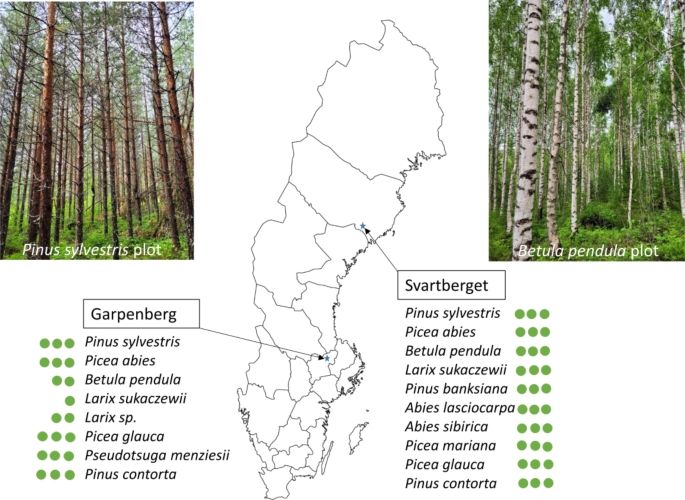Stefan Hupperts 🌲🍄
@stefhupperts.bsky.social
240 followers
430 following
23 posts
Researcher at Swedish University of Agricultural Sciences in Umeå - Into forests, mosses, fungi, silviculture, and cross-country skiing 🏳️🌈
Posts
Media
Videos
Starter Packs
Reposted by Stefan Hupperts 🌲🍄
Reposted by Stefan Hupperts 🌲🍄
Reposted by Stefan Hupperts 🌲🍄
Reposted by Stefan Hupperts 🌲🍄
Reposted by Stefan Hupperts 🌲🍄
Reposted by Stefan Hupperts 🌲🍄
Reposted by Stefan Hupperts 🌲🍄
Reposted by Stefan Hupperts 🌲🍄
Justine Karst 🇨🇦
@j-karst.bsky.social
· Jan 6






